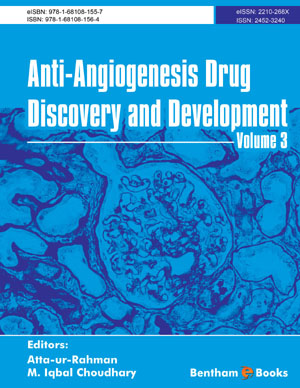Abstract
Oxygen homeostasis is needed for respiration and survival of mammalian cells and organisms. During conditions of hypoxia, cells activate the genes that help the adaptive response and the supply of oxygen to tissues. The hypoxia inducible factors (HIFs) as one of the critical transcription factors of hypoxia, may contribute to the maintenance of stem cells to show the self-renewal indefinitely, and express stemness genes in hypoxic stress environments (stem cell niches). Stem cells such as embryonic stem cells (ESCs) and induced pluripotent stem cells (iPSCs) decrease mitochondrial number and its activity, and induce anaerobic glycolysis under the hypoxia condition. Such a metabolic switch takes place in the early stage of the reprogramming process, and HIFs are necessary for this metabolic change. The similar hypoxic control is also evident in cancers. This chapter discusses the current knowledge about the role of oxidative and hypoxic stress in the cellreprogramming process and the implications of hypoxic regulation and ROS homeostasis in cancer progression and pluripotent stem cells.
Keywords: Antioxidation, Cancer, Cancer stem cells, HIF family, Hypoxia, Induced pluripotent stem cells, Mitochondria, Reprogramming, ROS, Stemness factors, Tumorigenesis.






















